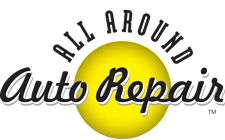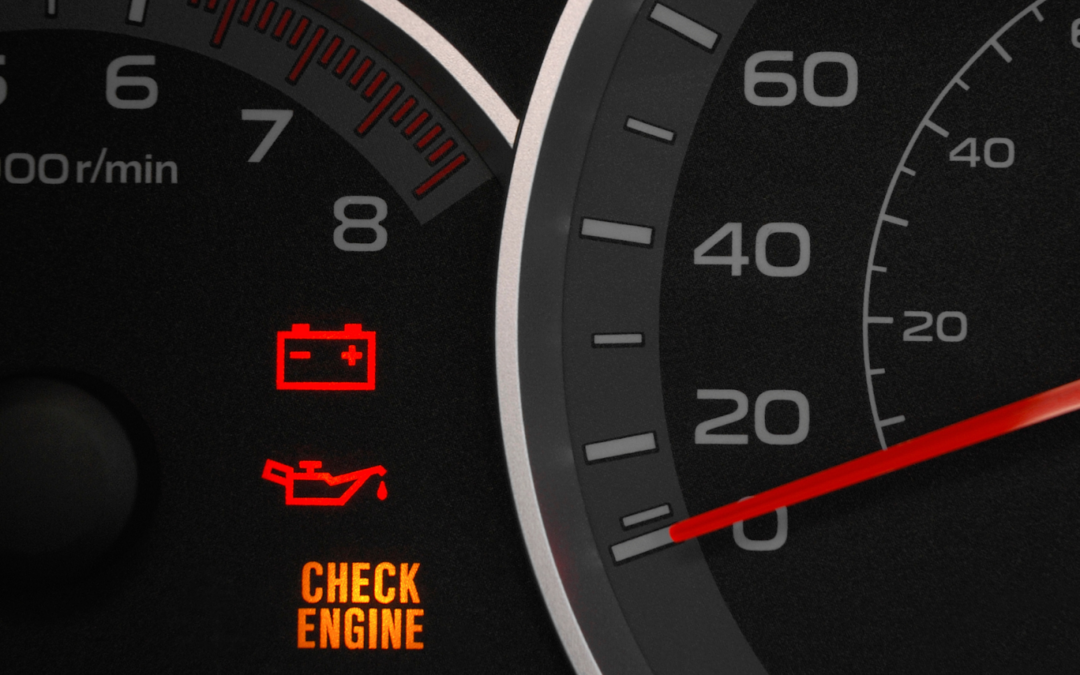“When you’re sick, the doctor asks you questions and looks at your eyes and throat before deciding whether to run tests or prescribe medicine. Good auto shops take a similar approach. In addition to the vehicle diagnostics test, we ask the driver how the car has been running and conduct a visual inspection, too.” — Sir William Osler
At All Around Auto Repair, we believe that understanding your vehicle’s needs requires more than just relying on diagnostic tools. Just as a doctor listens to a patient’s symptoms and performs a physical examination before making a diagnosis, our mechanics use a combination of diagnostic tests, driver feedback, and visual inspections to pinpoint issues accurately.
The Role of Diagnostic Tools
Without a doubt, diagnostics tools make life easier for all of us. Computers and sensors inside your car can alert you to trouble before something bad happens or significantly speed up the search for a solution. The On-Board Diagnostics (OBD) system, particularly the OBD-II standard, has revolutionized the way we diagnose car problems. These tools provide error codes that can point to specific issues, helping mechanics quickly identify potential problems.
However, while diagnostics tools are incredibly useful, they shouldn’t be the sole source of information for auto repairs. Here’s why:
One Error Code, Multiple Problems?
It’s rare for a vehicle diagnostics error code to be completely wrong. However, replacing a part or making a repair that addresses the error code might not fully fix the vehicle’s problem.
Example:
A misfiring engine might produce a P0300 error code that implies a spark plug or coil needs to be replaced. But it’s possible you have a blown gasket and a bad fuel injector, too. Replacing the spark plug won’t make the engine run normally. Professional vehicle diagnostics would easily catch the other issues.
Key Points:
- Multiple Causes: A single error code can have multiple causes. It’s essential to investigate all possible reasons for the error to ensure a complete fix.
- Comprehensive Diagnosis: Professional mechanics have the experience and knowledge to understand the interplay of various car systems and can perform a more comprehensive diagnosis.
If It Ain’t Broken… Something Still Might Be Wrong
Not all vehicle diagnostics reports indicate that a part is broken or missing. Other issues to consider:
New Part Not Working?
Some aftermarket parts (third-party, not OEM) fit where they’re supposed to go but still do not work well in every make and model. You have an accurate diagnosis but need to try a different parts brand.
DIY Repairs
Have you made DIY repairs? Tell your mechanic if you’ve been tinkering under the hood. There’s no shame in finding out that you made a small mistake. Perhaps some wiring got reconnected in the wrong order or you failed to tighten something enough. If we know what’s been altered, we can avoid a wild goose hunt.
Understanding OBD-II Error Codes
Not sure what OBD-II error codes mean? Most of the error codes indicate a symptom—that is, they tell us what is failing but not why. Cars have dozens of parts involved in every function, so it might not be the most obvious reason.
Listening to Your Car: The Art of Diagnostics
At All Around Auto Repair, we emphasize the importance of listening to both the car and its owner. Here’s how we combine high-tech diagnostics with traditional mechanical skills:
Driver Feedback
We always start by asking the driver how the car has been running. The driver’s observations about when the issue occurs, any strange noises, vibrations, or performance changes are invaluable. This information helps us narrow down potential problems and understand the context of the error codes.
Visual Inspections
A thorough visual inspection can reveal a lot that diagnostic tools might miss. For example, visible signs of wear and tear, leaks, or loose connections can point to issues that need to be addressed.
Comprehensive Testing
We use diagnostic tools to read error codes and perform tests, but we don’t stop there. We analyze the data in the context of the driver’s feedback and our visual inspection findings to get a complete picture of the vehicle’s health.
Common Scenarios and Solutions
Scenario 1: P0300 Error Code
A P0300 error code indicates a random or multiple cylinder misfire detected. This could be caused by several issues:
- Spark plugs or ignition coils need replacing.
- Fuel injectors are clogged or malfunctioning.
- There’s a vacuum leak or a more serious issue like a blown head gasket.
Solution:
We perform a full inspection of the ignition system, fuel system, and look for any leaks. By combining diagnostic data with a hands-on approach, we ensure all potential causes are addressed.
Scenario 2: New Aftermarket Part Not Working
A new aftermarket oxygen sensor was installed, but the check engine light remains on.
Solution:
We check the compatibility of the part with your specific vehicle model and inspect the installation for any errors. Sometimes, aftermarket parts may not function as well as OEM parts, and a replacement with an OEM part might be necessary.
Scenario 3: DIY Repair Issues
A customer attempted to replace their own battery and now the car won’t start.
Solution:
We check for any loose connections, ensure all electrical systems are properly reconnected, and look for any potential short circuits caused during the DIY repair.
Routine Maintenance and Professional Diagnostics
Routine maintenance is key to preventing issues and keeping your vehicle running smoothly. Regular check-ups allow us to catch problems early, often before they trigger an error code.
Key Maintenance Checks:
- Oil Changes: Regular oil changes keep your engine running smoothly and prevent premature wear.
- Fluid Levels: Checking coolant, brake fluid, and transmission fluid levels ensures all systems function correctly.
- Tire Condition: Regularly inspecting tire tread and pressure helps maintain safe driving conditions.
- Brake Inspections: Ensuring your brakes are in good condition prevents safety hazards and costly repairs.
Conclusion: Trust All Around Auto Repair for Comprehensive Care
At All Around Auto Repair, we believe in a holistic approach to vehicle diagnostics and repair. While diagnostic tools are invaluable, combining them with driver feedback and thorough visual inspections allows us to provide the best care for your vehicle. Don’t rely solely on error codes; trust our experienced technicians to diagnose and fix your car’s issues accurately.
If your car is showing signs of trouble or you simply want to keep it in top condition with routine maintenance, contact us online or call us at 707.837.0646 to schedule an appointment. Let All Around Auto Repair ensure your vehicle runs smoothly and safely, mile after mile.


